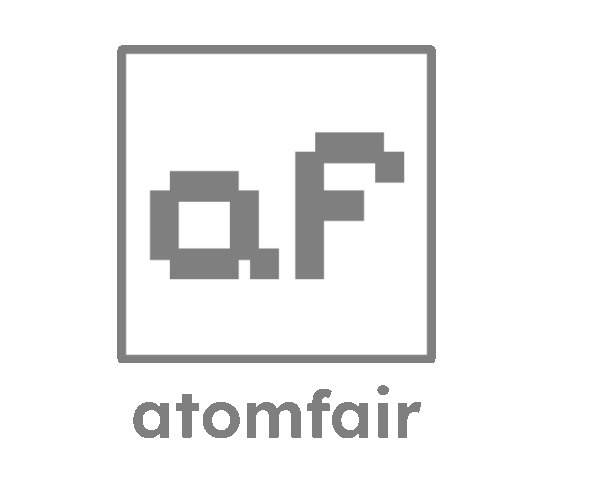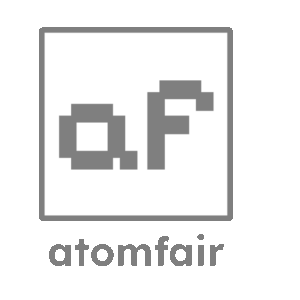Your cart is currently empty!

UIO-66-COOH Functionalized MOF (KAR-F30) CAS: 1334722-04-1 | High-Surface-Area Carboxyl MOF for Catalysis & Adsorption
UIO-66-COOH (CAS: 1334722-04-1) is a carboxyl-modified derivative of the UIO-66 MOF family. Its highly ordered porous structure and tunable surface chemistry make it suitable for gas storage/separation, heterogeneous catalysis, environmental pollutant adsorption, and controlled drug release. The commercial product code KAR-F30-COOH guarantees consistent quality for both research and industrial applications.
Description
Key Properties & Advantages
UIO-66-COOH’s performance stems from its structural design and functional modification:
Exceptional Stability: Inherits UIO-66’s renowned thermal and chemical resilience—withstands temperatures up to 350–400°C (inert atmosphere) and resists degradation in acids, bases, and organic solvents, ensuring durability in harsh operational environments.
Highly Ordered Porous Structure: Features a well-defined 3D porous network with a large BET surface area (typically 700–1000 m²/g) and uniform pore size (~1.0 nm), enabling efficient molecular adsorption, diffusion, and mass transfer.
Carboxyl-Modified Surface: The integrated -COOH groups enhance:
Hydrophilicity, improving interactions with polar molecules (e.g., water, alcohols, CO₂).
Coordination with metal ions (facilitating catalytic functionalization with active metals like Pd, Cu, or Fe).
Hydrogen bonding and electrostatic interactions, boosting selectivity in adsorption/separation processes.
Tunable Surface Chemistry: The density of carboxyl groups can be tailored during synthesis to optimize compatibility with specific target molecules, offering flexibility for custom applications.
Commercial-Grade Consistency: KAR-F30-COOH ensures minimal batch variation, a critical factor for scaling from laboratory research to industrial production.
Applications
Gas Storage & Separation
Selective Gas Adsorption: The carboxyl groups enhance affinity for polar gases (e.g., CO₂, H₂S), making it ideal for carbon capture from flue gases, biogas purification (removing CO₂ from CH₄), and sour gas treatment.
Small Molecule Storage: Its porous structure enables efficient storage of H₂ and CH₄, supporting the development of clean energy technologies (e.g., hydrogen fuel storage, natural gas compression alternatives).
Heterogeneous Catalysis
Catalyst Support: Acts as a stable platform for anchoring metal nanoparticles or metal ions via carboxyl coordination, enhancing catalytic activity and recyclability in reactions such as:
CO₂ hydrogenation to formic acid or methanol.
Oxidation of organic pollutants (e.g., phenols, dyes) in wastewater.
Acid-catalyzed reactions (leveraging the weakly acidic nature of -COOH groups for esterification or hydrolysis).
Environmental Pollutant Adsorption
Water Purification: Effectively adsorbs heavy metal ions (e.g., Pb²⁺, Cd²⁺, Hg²⁺) via chelation with carboxyl groups, and removes organic pollutants (e.g., pharmaceuticals, pesticides) through hydrophobic interactions with the MOF’s organic framework.
Air Purification: Captures volatile organic compounds (VOCs) and polar air pollutants, supporting indoor air quality control and industrial emission treatment.
Controlled Drug Release
Biocompatible Delivery Systems: The porous structure allows encapsulation of drug molecules, while carboxyl groups enable pH-responsive release (triggered by acidic environments, such as tumor tissues or endosomes). Its zirconium-based composition ensures low toxicity, making it suitable for biomedical applications.
Technical Specifications
Parameter Details
CAS Number 1334722-04-1
Chemical Composition Zirconium clusters linked by carboxyl-modified terephthalate ligands (typical formula: Zr₆O₄(OH)₄(bdc-COOH)₆, where bdc-COOH = 2-carboxyterephthalate)
Appearance Off-white to pale yellow fine powder
Purity ≥95% (commercial grade)
BET Surface Area 700–1000 m²/g
Pore Size ~1.0 nm (uniform distribution)
Thermal Stability Up to 350–400°C (inert atmosphere)
Quality Assurance
Each batch of KAR-F30-COOH undergoes rigorous testing to ensure reliability:
X-ray diffraction (XRD) to confirm structural integrity and phase purity.
Nitrogen adsorption-desorption analysis to verify surface area and pore size distribution.
Stability testing in acidic, basic, and organic solvent environments.
Metal ion leaching assessment (for catalytic and biomedical applications).
Related products
-
Al-FUM Metal-Organic Framework Powder (CAS 1370461-06-5) – High-Capacity Adsorbent for Industrial Applications
-
Atomfair MXene
-
CALF-20 Metal-Organic Framework Powder (CAS 2589928-73-2) – High-Capacity CO₂ Capture Material
-
CAU-23 (KAR-F38) Metal-Organic Framework Powder | CAS 2050042-88-9 | for Gas Separation & Catalysis
-
DUT-67 (KAR-F36) High-Stability MOF Powder | For Catalysis & Molecular Sieving
